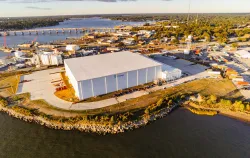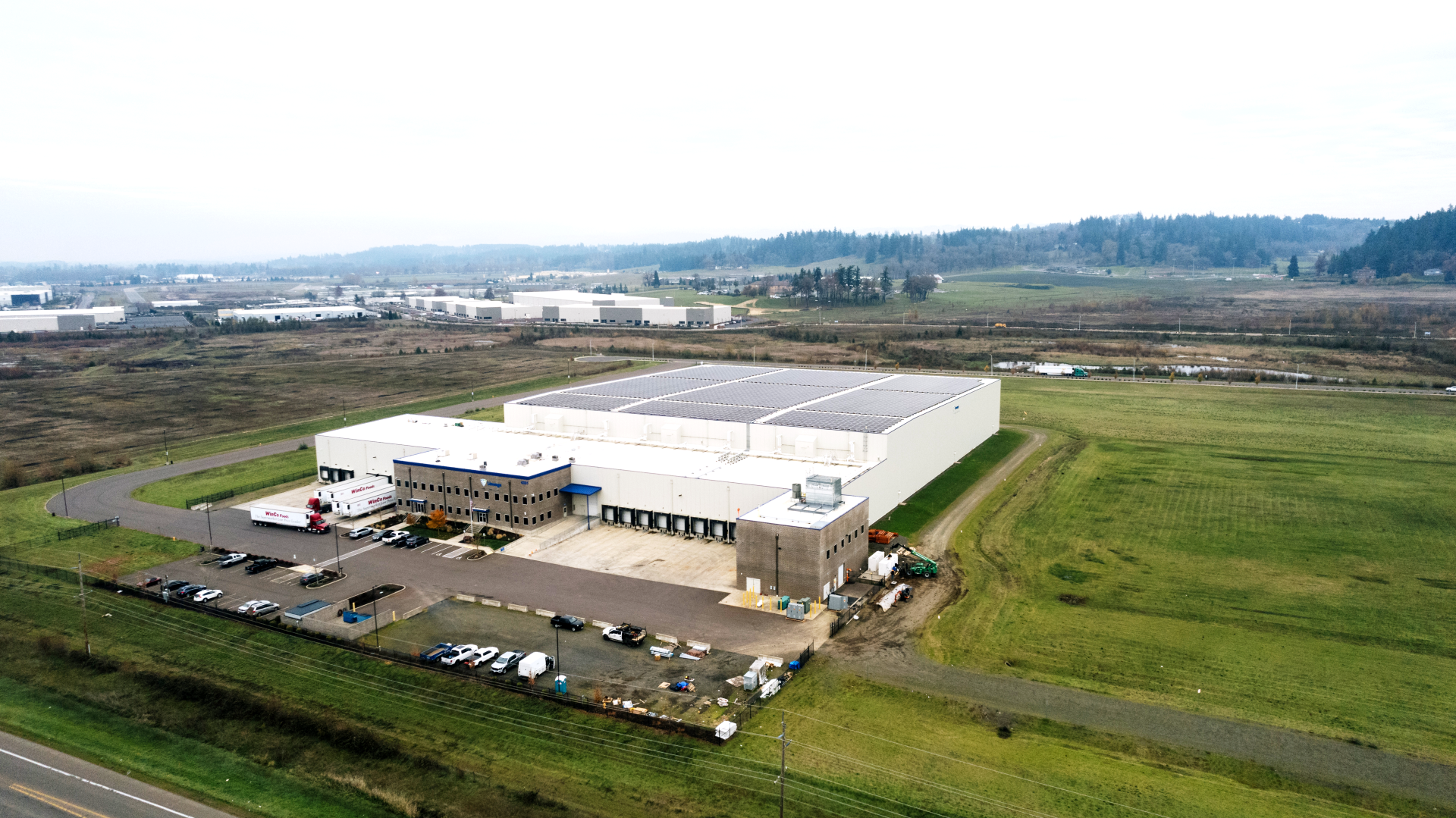How Lineage’s first microgrid is transforming the way we think about & use energy
October 29, 2025
It takes a lot of energy to keep food fresh on its journey to your plate. That’s why we at Lineage work hard to optimize our energy usage and get the most out of every electron, making continuous improvements that add up to a larger, positive impact.
That focus on eliminating waste is part of our DNA (and our purpose!), so it’s no surprise many of our teams play a hands-on role in addressing energy efficiency. For example, our facility maintenance managers work with local sites and our energy team to conduct energy efficiency walks.
What’s more, our research and development team is investigating and piloting more ways we can reduce our energy consumption. This is especially important as traditional power grids feel the stress of extreme weather events and increased consumption demand from large loads.
Piloting energy solutions that solve big problems
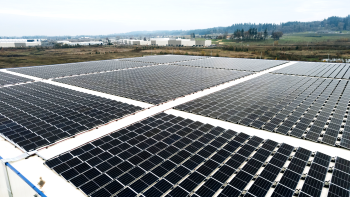 Microgrids represent a strategic approach to decentralizing energy generation and enhancing operational resilience by reducing our reliance on regional power grids. These localized electrical networks, which generate and store electricity on-site, can offer a more reliable alternative to traditional grid dependence.
Microgrids represent a strategic approach to decentralizing energy generation and enhancing operational resilience by reducing our reliance on regional power grids. These localized electrical networks, which generate and store electricity on-site, can offer a more reliable alternative to traditional grid dependence.
Microgrids can also support stability of larger power grid systems. During peak demand periods, a facility using a microgrid can draw energy from its onsite power sources—like solar panels or linear generators— rather than grid power. In some cases, microgrids can even divert their excess energy to the grid to help the local utility meet its demand needs.
Lineage’s energy research and development team successfully piloted our first in-house microgrid at our facility in Salem, Oregon in 2024. This site features a rooftop solar array for local generation, lithium-ion battery system for energy storage, an advanced refrigeration control system and an energy management system utilizing patented controller technologies to optimize energy usage.
Initial testing of our Salem microgrid shows promising results
We operated the Salem facility for significantly less than the cost of grid power for 24 continuous hours. These savings were the result of eliminating grid power and exclusively using on-site generated power for a full 24 hours.
We relieved the burden on the grid to power a large load during this same period. This test not only demonstrated a way to reduce our Salem site’s day-to-day energy costs, but it proved that the site has the resiliency to continue operating through a temporary grid blackout.
Our Salem microgrid serves as an important proof-of-concept as we seek ways to reduce our environmental impact and create more resilient buildings. Furthermore, we are exploring how to implement microgrids at additional sites.
What it takes to make a microgrid
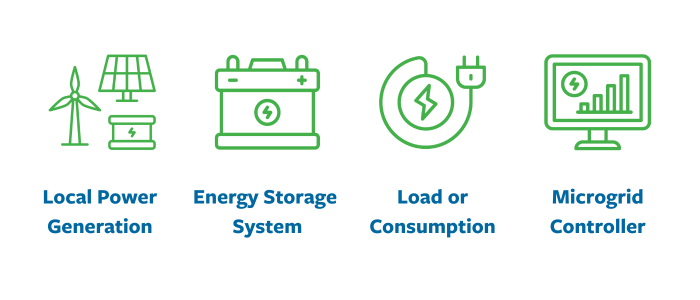
Local Power Generation Source
Microgrids can utilize diverse power sources, including solar panels, wind turbines, linear generators or traditional generators, to generate electricity locally.
Energy Storage Systems
Microgrids use a storage system – usually comprised of batteries – to store excess electricity generated that can be used when demand increases or when generation slows.
Consumption/Load
The elements of the microgrid that consume energy such as heating and cooling buildings, charging electric vehicles and operating equipment, are considered the load of the microgrid.
Similar to using a smart thermostat in your home to manage your electric bill, these loads can be scheduled to consume energy during optimal or off-peak times. For example, in our Salem microgrid, we reduced the amount of power the site consumed during the night because these are the hours when solar power is not available.
Microgrid Controller
The controller synchronizes operations of the power source and distributes electricity according to consumption needs across the microgrid. When consumption is higher than what is being produced, the controller can draw energy from batteries or another power source.
Our energy & sustainability journey continues
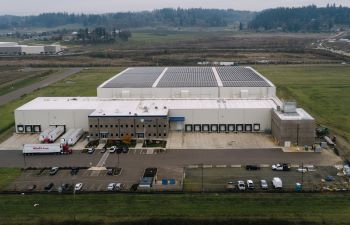
We’re extremely proud of our energy research and development team and how they collaborate with our warehouse operators to make projects like the Salem microgrid a reality. Moreover, the Salem microgrid is just one example of how we’re using innovation to build more resilient operations.
Making our network more energy efficient is a journey, and we’ll continue looking for more ways to improve. Not only because we love the challenge, but because that’s how we’re building a food chain ready to feed the future.
